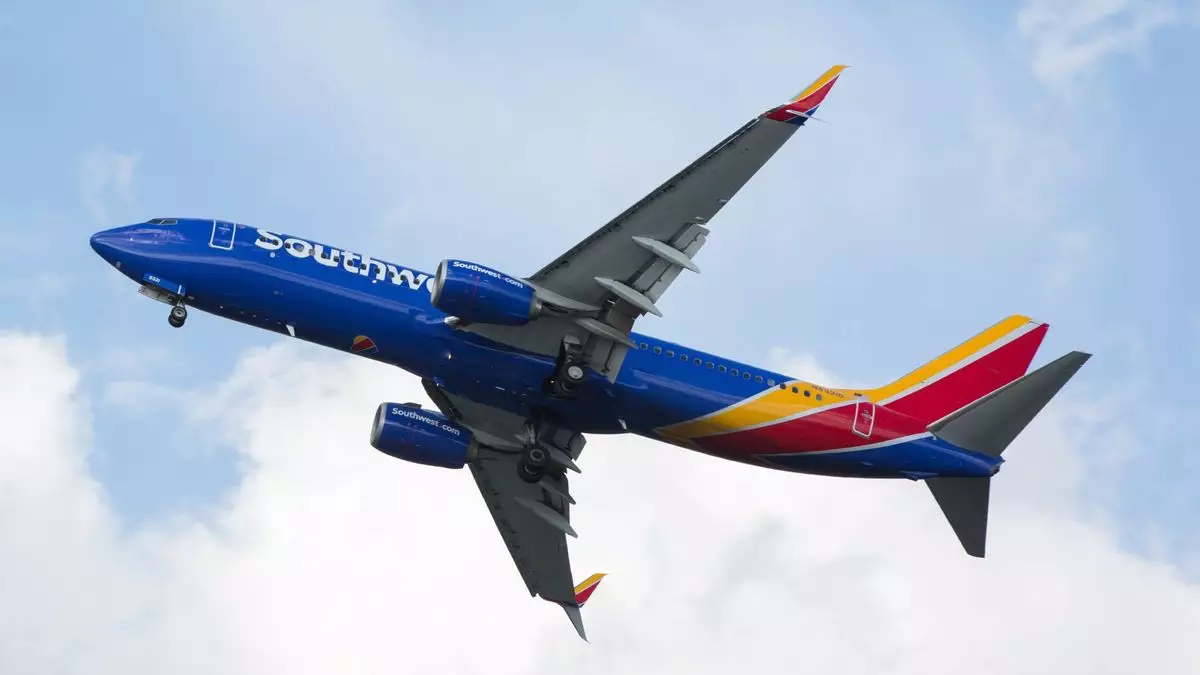Southwest Airlines, long celebrated for its rebellious spirit within the airline industry, is finally shedding its egalitarian roots dedicated to open seating and uniform cabin policies. The recent move to introduce assigned seating marks a pivotal turning point for the carrier. Once renowned for its “first come, first served” philosophy, Southwest’s adoption of seat assignments signifies a broader strategic shift aimed at modernization and competitive relevance. This development not only alters the in-flight experience but also signals Southwest’s acknowledgment of evolving customer preferences and industry standards.
This transition, executed in late July, isn’t merely operational; it’s symbolic. Southwest has historically positioned itself as the rebellious underdog, known for simplicity, affordability, and a friendly, no-frills approach. Yet, as consumer expectations evolve, especially with the rise of traditional network carriers adopting more accommodating seating options, Southwest must adapt. The introduction of assigned seats, alongside the sale of extra-legroom options, illustrates a firmer embrace of service differentiation while maintaining core cost-effective principles. This shift could potentially redefine the airline’s brand identity—balancing its history of egalitarianism with a more tailored, premium experience for those willing to pay.
The Challenges and Opportunities of Price and Policy Changes
Introducing new fees, such as bag charges and basic economy fares, was a bold, controversial move. Southwest gambled that a more segmented fare structure would boost revenue without alienating its core customers. The initial aftermath, however, was mixed. During the first few weeks of May, the airline experienced a dip in bookings, as customers initially hesitated when confronted with no-frills options that eliminated free checked bags and flexible change policies that previously distinguished Southwest.
Yet, Southwest demonstrated resilience. Once customers adjusted to the new landscape, bag sales surged, reaching industry-high levels and promising an additional $350 million in annual bag fee revenue. This is a testament to the airline’s strategic adaptability; price differentiation, albeit contentious, opened an additional revenue channel. Nonetheless, the core challenge remains: managing customer perceptions and ensuring that these shifts do not erode loyalty.
The decision to introduce assigned seating and premium options indicates Southwest’s desire to enhance profitability by catering to a broader range of travelers. While cautious observers question whether these innovations might dilute the airline’s identity, it’s undeniable that the ability to balance cost leadership with differentiated services reflects a nuanced, forward-looking strategy.
Looking Ahead: The Real Test of Transformation
Although Southwest’s financial projections suggest optimism—aiming for $1.8 billion in incremental EBIT by 2025—the road ahead is riddled with uncertainties. Industry analysts advise caution, noting that much of the recent data remains premature. The full impact of bag sales and seat assignment revenues will only become apparent with longer-term operational metrics, likely in late 2023 or early 2024.
Moreover, the assumptions baked into Southwest’s forecasts appear somewhat optimistic. Critics point out that travel demand, especially in the critical holiday and winter seasons, may fall short of those elevated projections. If these scenarios materialize, Southwest’s ambitious goals could come under strain, especially considering the significant investments in new seating policies and premium offerings.
Despite these challenges, Southwest’s leadership remains committed. CEO Bob Jordan’s confidence in the ongoing transformation underscores a belief that a strategic pivot—embracing innovation while retaining its customer-friendly essence—is essential for long-term survival. Future initiatives, including potential lounges, premium seats, and even long-haul flights, illustrate an evolving vision that refuses to rest solely on past successes.
In essence, Southwest’s latest chapter exemplifies the tension between tradition and innovation in the fiercely competitive airline industry. While critics may deem its bold reforms as risky, they are also necessary adaptations in an era demanding more diverse, personalized travel experiences. Whether these changes will secure Southwest’s legacy or challenge its identity remains to be seen, but one thing is clear: this once-rebellious brand is rewriting its playbook for the future.

